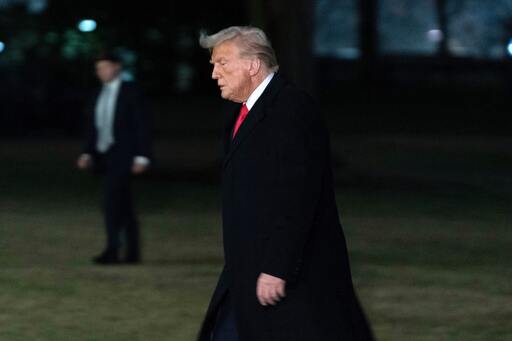What ultimately influenced U.S. President Donald Trump’s decision last week to delay the tariffs he planned to impose on Canadian imports was arguably Canada’s announcement of targeted retaliatory tariffs on U.S. exports, strategically designed to affect Republican-leaning states the most. But the measures that may be enough to make Mr. Trump pause may not be enough to make him back off permanently.
. . .
Consequently, unless retaliatory measures pose a significant economic threat to the United States, Mr. Trump is likely to proceed with imposing tariffs on trading partners with which the country has large trade deficits, such as China (US$350-billion), Mexico (US$130.6-billion), Canada (US$100-billion) and the European Union (US$200-billion).
The key challenge for Canada – and other U.S. trading partners – is clear: to design a package of retaliatory tariffs and countermeasures that maximally affect U.S. economic interests. One effective strategy to do so is targeting the U.S.’s massive and rapidly growing service trade surplus.



Definitely helps if the EU and elsewhere gets in with us on some things. Coordinate on the things that the US really can’t or would be prohibitive to do locally. Raise prices on those resources that Trump keeps saying they don’t need. Charge Hollywood through the nose to film in popular locations, limit access to core technology patents, or ease up on local copyright/patent legislation that tends to benefit American interests.
It’s tough for Canada alone to win an economic fight against the US, but I think it’s in the best interests of most places to get involved because what’s to say the US won’t just keep expanding their reach as long as it works.